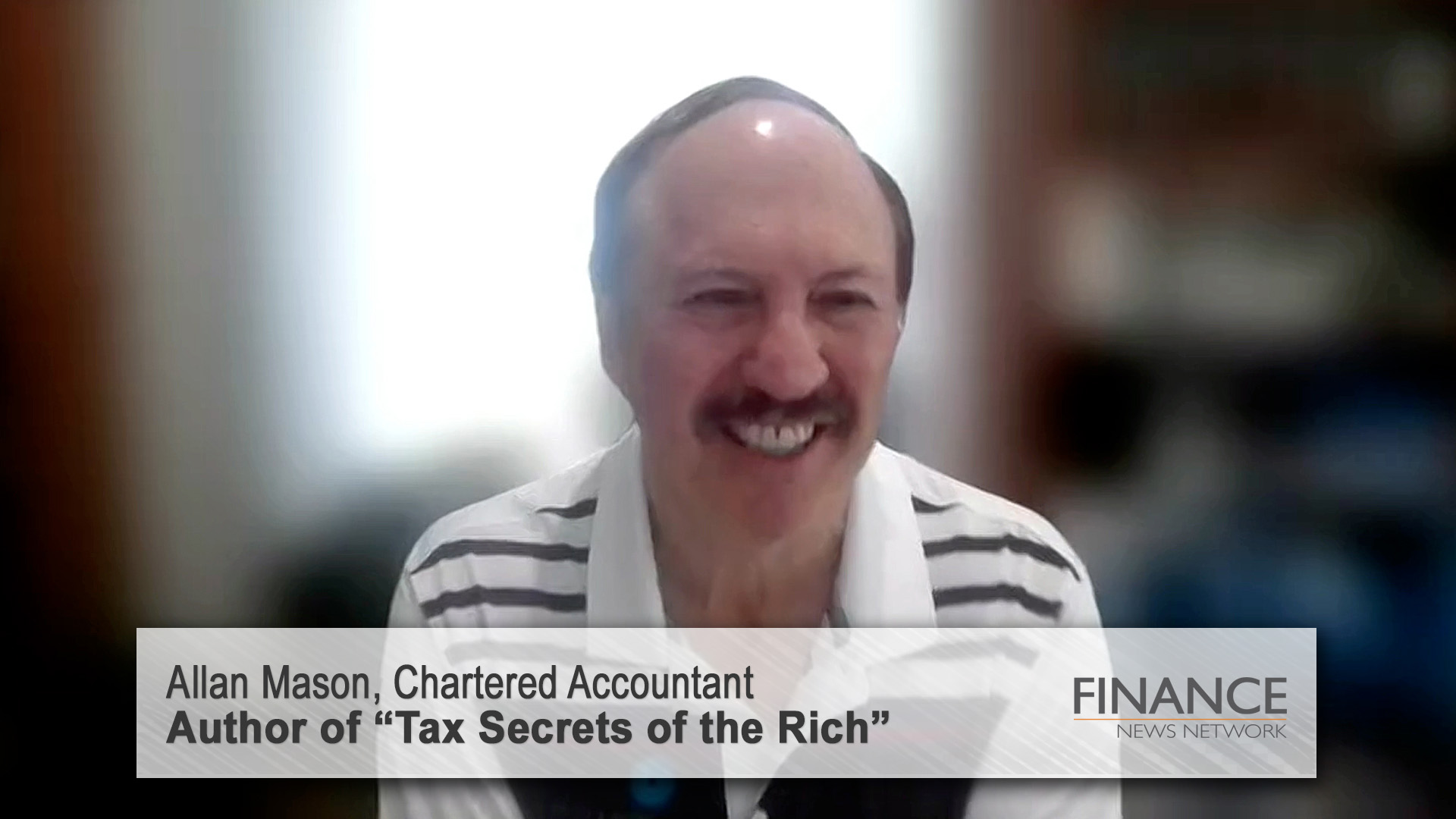Japan’s Nikkei closed above the 20,000-point mark for the first time in 15 years yesterday after a surprisingly solid trade report for March.
It ended the day up 1.1%. at 20,133.90 in Tokyo, its highest close since April 2000. The wider Topix Index climbed 0.8% to 1,621.79, its highest closing level since November 2007.
The last time the Japanese benchmark closed above this level was April 14, 2000 at 20,434.68. The next day, the index slumped 7% as the tech and net boom imploded.
The index is now up more than 15% this year – nowhere near the 33% plus jump in the Chinese markets, but a solid enough gain for a country whose economy is still recovering from the tax rise on April 1, 2014.
The March trade report showing the first trade surplus for almost three years (since June 2012) helped push the Nikkei, the most watched index, to its new high.
The trade surplus in March, of Y229.3bn, ended 36 consecutive months of deficits.
The Nikkei has risen 185% since its financial crisis nadir of 7054.98 on March 10, 2009, and 86% of the 13,068 index points that have been added since late 2012 – have come after the election of Prime Minister Shinzo Abe and his stimulatory policies, plus the attack on deflation and the twice expanded quantitative easing package of measures from the Bank of Japan.
These changes have been aimed at dragging Japan from the deflationary rut it was in for much of the previous 20 years.
Mr Abe’s “three arrows” policies based upon fiscal stimulus, monetary easing and structural reforms, has seen the yen fall sharply, amplifying the impact of the slide in the economy after the 2011 earthquake and Tsunami as the cost of energy soared (especially LNG), and volumes rose to replace the power lost from the closure of Japan’s 54 nuclear power stations.
Marketwatch.com summed up what has happened on the Tokyo market this year – its all about expectations of rising consumer spending and profits.
"Makers of chocolate, mayonnaise, potato chips and household appliances have helped lift the Tokyo market since the beginning of 2015. That is partly based on expectations for a recovery in consumer demand this year after big companies decided to raise wages the spring.
"Many of these companies also illustrate the themes that have been pushing the Japan market higher since Prime Minister Shinzo Abe took office in December 2012: a tighter focus on profitability and shareholder returns, even when Japanese consumers aren’t helping much. Booming tourism to Japan by other Asians also is helping.”
The Topix index closed above the 1600-point mark on Tuesday for the first time since November 2, 2007, which happens to be only a few days after Wall Street hits its pre-financial crisis peak.
The weaker yen boosted exports briefly several times in the past three years, but those improvements were overtaken by the surging in the value of imports, especially energy.
But since January this year there’s been another rebound in exports and the March performance has increased confidence that Japan’s trade account will start growing more consistently.
The biggest influence though has been the slump in the cost of energy imports – especially oil and LNG, as world oil prices dropped sharply.
Exports rose at an 8.5% year-on-year pace in March (up 2.5% in February), while imports fell by a larger-than-expected 14.5%. That was three times the size of the fall in February of 3.6%
But some analysts cautioned that the trade data may have been impacted by the late timing of Chinese New Year: imports from China plummeted by 19.6% year-on-year in March following a 39.5% surge in February, while exports to China rose 3.9% in March, after a 17.3% drop in fall in February. The April figures in a month time will probably produce a clearer picture.













